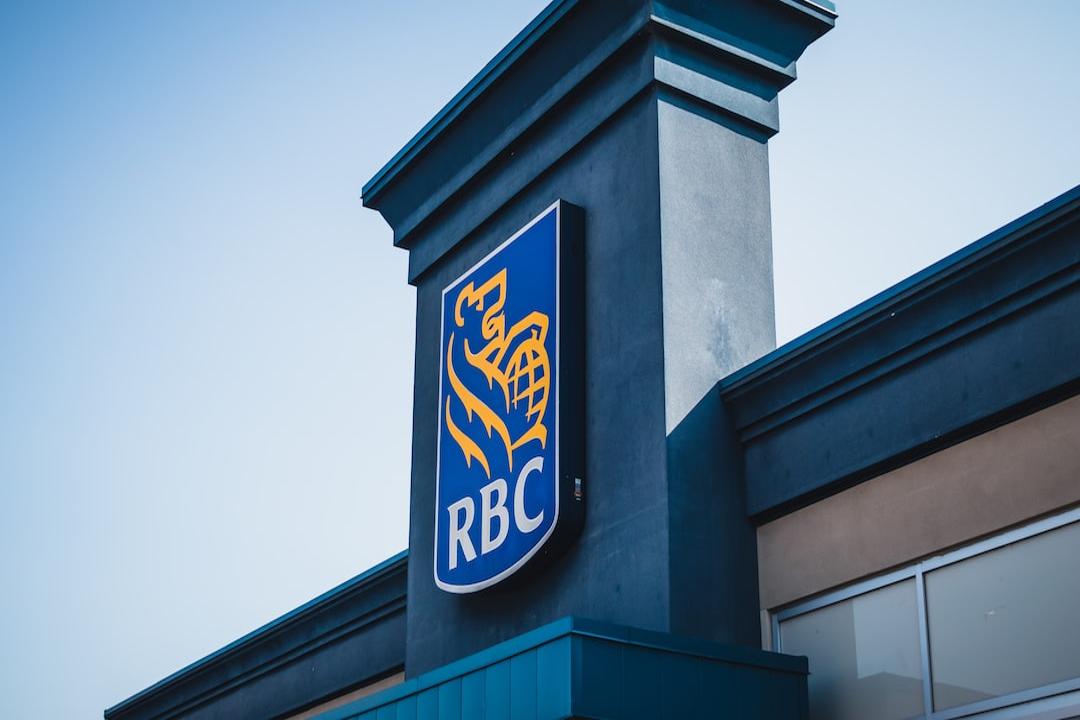Crypto wallets are tools that store the private and public keys needed to interact with blockchain networks. They allow users to securely manage and transact with cryptocurrencies. There are two main types of crypto wallets: custodial and noncustodial. Custodial wallets are managed by a third party, such as a centralized cryptocurrency exchange, while noncustodial wallets give users full control over their keys.
Centralized cryptocurrency exchanges have traditionally been the go-to solution for transferring funds between cryptocurrencies and fiat currencies. This process, known as on-ramping and off-ramping, involves converting money from fiat currency to cryptocurrency and vice versa. However, alternatives like MoonPay, Transak, and Revolut Ramp have emerged to facilitate these transfers to and from noncustodial wallets.
Despite advancements in the crypto industry, a report from Cointelegraph Research called the “Global Crypto Onramp Report” reveals that more than 50% of crypto payments fail, and the abandonment rate during the purchase flow can be as high as 90%. The success rate of on-ramping also depends on the cryptocurrency being purchased. Buying Bitcoin and Tether using fiat currency tends to be more successful than buying Ether.
To streamline the on-ramping and off-ramping process, solutions like MetaMask and Phantom integrate with on and off-ramp services. This allows users to seamlessly transact between fiat and cryptocurrencies without relying on centralized exchanges.
This article focuses on the process of selling cryptocurrencies, converting them to fiat, and depositing them into a Visa debit card from a MetaMask wallet. Here are the steps to withdraw cryptocurrencies to a Visa card from a MetaMask wallet:
1. Go to https://portfolio.metamask.io/
2. Connect your wallet.
3. Click “Sell” from the options on the top left.
4. Choose “Faster Payments” at the bottom.
5. Select the “Debit or Credit” card option.
6. Choose the off-ramp provider and enter your card details.
It’s important to note that the steps described above are based on a user experience with a MetaMask-Transak integration and may vary as the user experience and integration evolve. Users will also need to undergo an onboarding process and identity verification before using off-ramp solutions like Transak.
Transferring funds from MetaMask to a debit card has its challenges. The process can be complex, and compatibility issues may arise between MetaMask and the debit card provider’s platform. Cryptocurrency price volatility is another concern, as prices can change rapidly. Users may also face delays in receiving funds due to processing errors or network congestion.
To mitigate risks, users should carefully read the terms and conditions provided by the debit card provider regarding fund transfers and potential delays. Choosing reliable and trustworthy debit card companies with a history of secure and timely money transfers is crucial. Additionally, users should consider the privacy and security protocols of the service providers they choose, as they will have access to cryptocurrency holdings and personal data.
Overall, while transferring funds from MetaMask to a debit card can be a convenient way to access and use cryptocurrencies, users should be aware of the potential challenges and take necessary precautions to ensure a smooth and secure transaction process.

